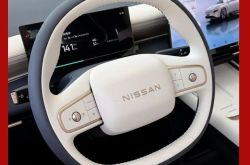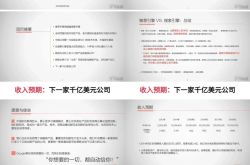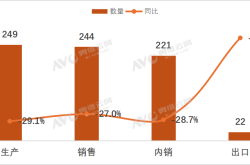The Auto Industry Is Rife with Pseudo-Innovation, and Consumers Are Having None of It
![]() 10/10 2025
10/10 2025
![]() 526
526
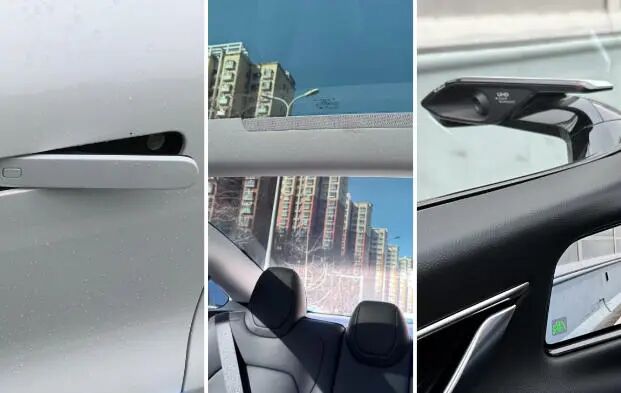
Lead-in
Introduction
The allure of high-tech features is beginning to wane.
How many people, after sending a WeChat message via voice, feel compelled to click and listen to it again?
Or, after converting speech to text, reread it to ensure there are no errors?
How many still opt to manually adjust the air conditioner's temperature and fan speed rather than using voice commands?
Or, after issuing a voice command, glance at the central screen to confirm its success?
These behaviors—known as verification loops, path dependency, or muscle memory—occur when users doubt the system's immediate feedback or when feedback is insufficient, forcing them to take additional, time-consuming steps to verify if the outcome aligns with their expectations.
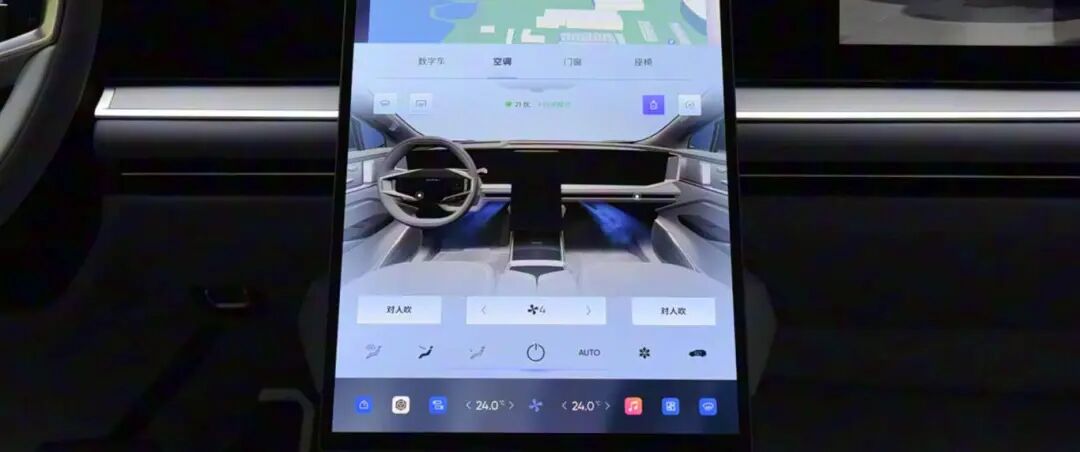
At its core, this stems from a lack of trust or inadequate feedback—a self-compensation strategy employed amid imperfect technology and flawed interaction design. It mirrors the dilemma of pseudo-innovative car features, which often trigger redundant verification behaviors or compel automakers to introduce unnecessary redundancies to achieve desired results.
Consider the current trend of hidden door handles and the less-discussed electronic push-button interior door releases. Behind these designs, automakers frequently provide a backup: mechanical door openers. To many, this seems redundant.
If a physical door opener is already in place, why design an electronic button? This highlights a core paradox in automotive pseudo-innovation: the electronic button plus mechanical backup scheme may appear thorough but actually reveals a critical issue. It creates real trouble and safety risks in an attempt to solve a nonexistent problem.
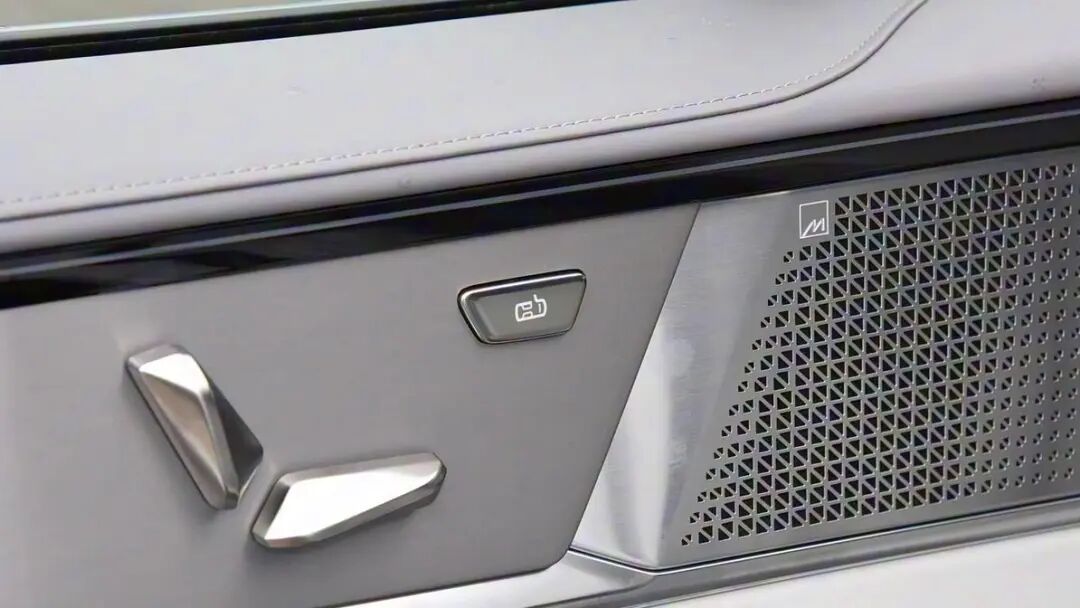
As many critics put it: "Replacing a decades-evolved, reliable, instinctive, and direct solution with a more complex, fragile, and counterintuitive one."
Such solutions include, but are not limited to, hidden door handles, one-pedal driving modes, panoramic sunroofs, electronic exterior mirrors, touch-sensitive steering wheels, screen-based gear shifters, simulated engine sounds, and illuminated logos.
01 Safety-Related Pseudo-Innovations Are Widely Criticized
As China's auto industry embraces new energy and intelligence, a blind pursuit of a high-tech feel has become prevalent. Many automakers mistakenly interpret innovation as abandoning all traditional physical controls.
Hidden door handles, once seen as a hallmark of modern car design, have been adopted from high-end models to affordable EVs. Automakers claim they reduce drag and enhance aesthetics. Yet, real-world tests show they add less than 1% to range but cause numerous issues.
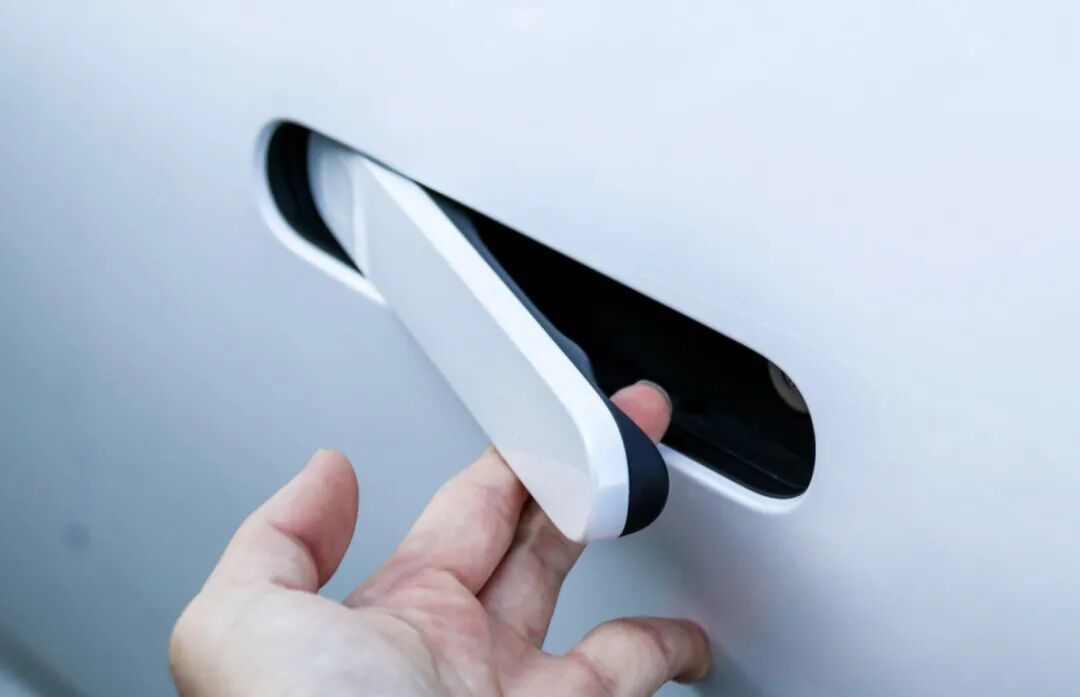
In northern China's bitter cold, these handles often freeze shut, forcing some owners to pour hot water over them to unfreeze. Worse, in crashes, hidden handles may fail to deploy automatically, complicating rescue efforts. C-IASI crash tests reveal that only 67% of cars with electronic handles deploy doors after side impacts, far below the 98% success rate for mechanical handles.
Recently, the Ministry of Industry and Information Technology released the "Safety Technical Requirements for Automobile Door Handles (Draft for Comment)," further regulating interior and exterior handle designs. Each door (excluding tailgates) must have a mechanical exterior handle. Non-collision-side doors should open without tools via exterior handles, with each handle providing a hand operation space of no less than 60×20×25 mm in any state. If passed, this draft would mandate the removal of all hidden door handle designs.
This exposes just the tip of the iceberg in new energy vehicle pseudo-innovation. When automakers equate differentiation with feature overload and high-tech feels turn into anti-human designs, the industry pays the price for blind innovation. The hidden door handle tragedy is not unique. The one-pedal driving mode, touted for boosting range via regenerative braking, has also exposed significant risks.
As an EV-specific feature, the one-pedal driving mode was initially praised by some for its high regenerative efficiency. However, it alters drivers' long-established muscle memory by combining acceleration and deceleration into one pedal. This violates driving habits and increases the risk of misoperation in emergencies.
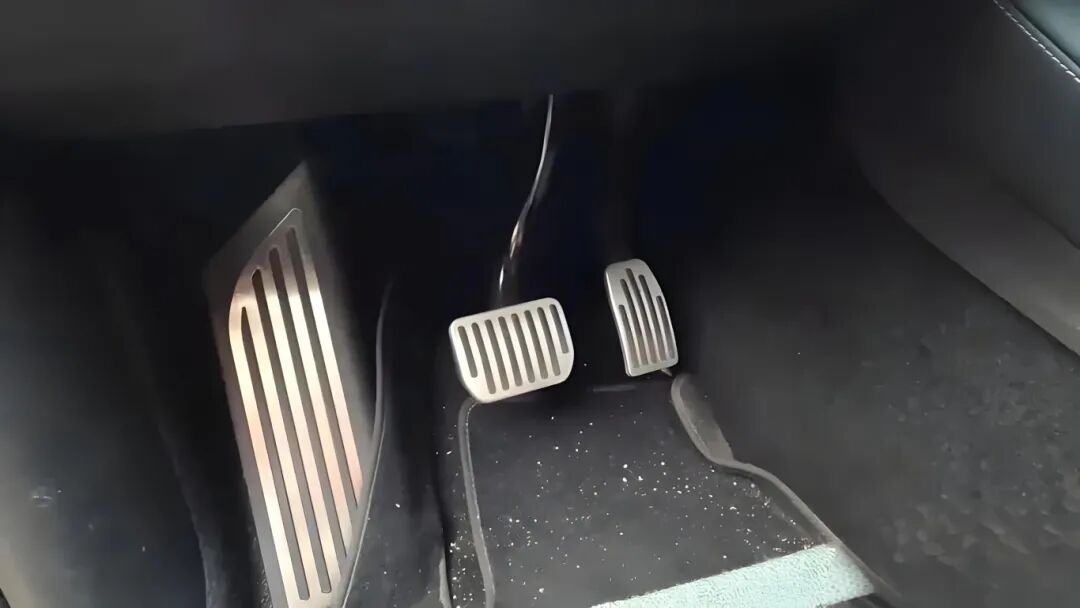
In 2024, MIIT issued new rules requiring automakers to offer "adjustable regenerative braking intensity levels" and banning the one-pedal mode as the sole driving option: releasing the accelerator must not fully stop the vehicle. This targets the mode's ability to fully brake at low speeds, which is deemed to induce misoperation risks.
Beyond hidden handles and one-pedal modes, electronic exterior mirrors, touch-sensitive steering wheels, and screen-based gear shifters are also typical examples of current automotive pseudo-innovation. Users often criticize them as useless, but more critically, they compromise safety—a fundamental aspect of automotive design.
Electronic mirrors replace physical ones with cameras and in-car screens, claiming to reduce drag and widen views. Yet, as video feeds, they severely distort drivers' distance and speed judgments. Camera failures or screen freezes could lead to catastrophic outcomes.
Now, consider steering wheels crowded with buttons. While physical buttons required a glance to confirm, touch or pressure-sensitive controls eliminate blind operation, demanding both visual confirmation and redundant feedback. This directly increases the risk of distracted driving.
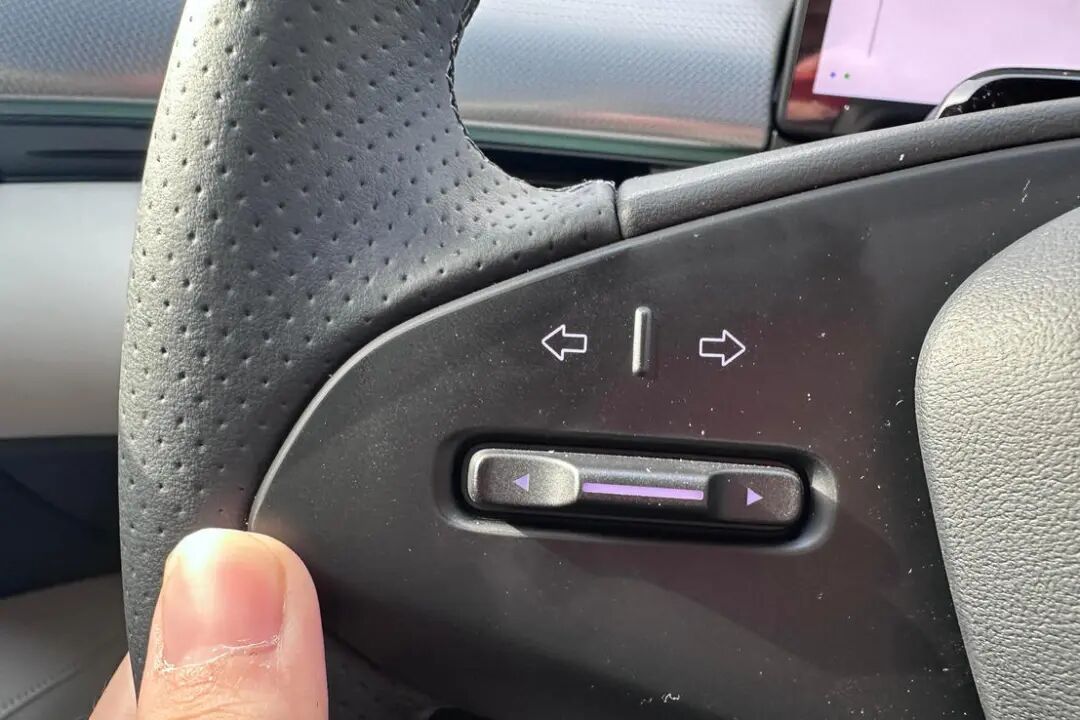
These innovations share a fatal flaw: they prioritize minimalist aesthetics and a high-tech feel over the golden rule of automotive HMI design: frequent, critical functions must be physical, direct, and provide clear feedback. They place safety operations—meant to be foolproof—onto complex, fragile electronic systems.
True innovation should enhance performance, efficiency, and comfort while preserving physical safety foundations. It should not create new hazards and user burdens with flashy but impractical electronic features. When an innovation makes driving less safe and more distracting, no matter how cool it looks, it's a complete failure.
02 Many Pseudo-Needs Are Imagined by Automakers
Amid intensifying competition in the new energy vehicle sector, some features have become casualties of innovation for innovation's sake. Panoramic sunroofs, simulated engine sounds, and illuminated logos—seemingly glamorous designs—are double-edged swords that deviate from user needs and increase automakers' costs.
Panoramic sunroofs aim to offer a broader view and airier cabin, but reality often falls short.
In summer 2025, scorching heat hit much of China, with temperatures soaring to 38°C. In such weather, the roof temperature inside cars with panoramic sunroofs can exceed 60°C. Curiously, automakers persist in promoting them despite known issues.

An automotive engineer revealed the truth: "Unlike fuel cars, EVs need large batteries, which take up space. To save interior room, panoramic sunroofs became mandatory." EVs require flat battery packs under the floor, reducing vertical space. Compared to traditional switchable sunroofs or sunshades, a single glass panel saves 2-5 cm of headroom.
Faced with these issues, owners improvise solutions: adding sunshades, applying heat-reflective film, or even taping newspapers or cardboard to the roof for insulation. These desperate measures mock the innovation.
As EVs grow in popularity, another odd feature has emerged: simulated engine sounds. This technology aims to compensate for EVs' lack of traditional engine roar, but its value is questionable.
Market-wise, the simulated sound industry is sizable. Reports show the global automotive simulated sound audio processor market was worth approximately $142 million in 2024, projected to near $301 million by 2031. Behind this lies heavy automaker R&D investment.
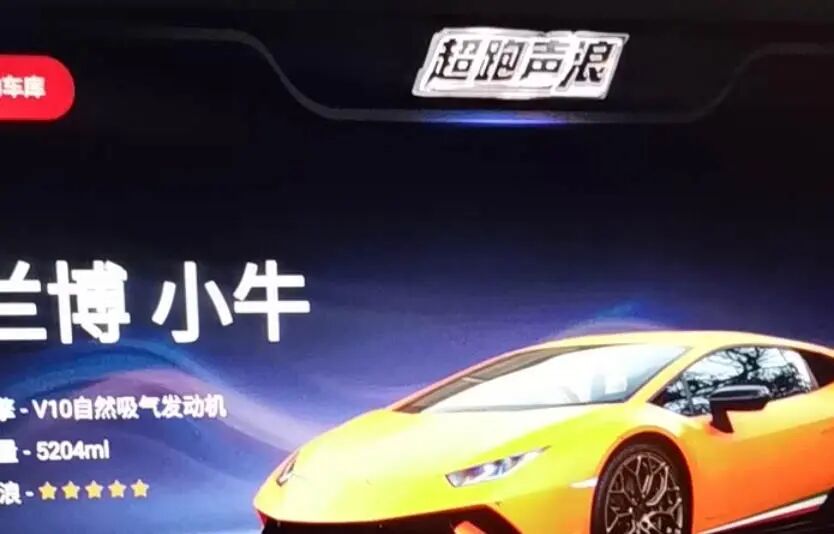
Automakers justify this as enhancing driving excitement, giving EVs a fuel-powered vehicle-like passion. Yet, this virtual roar is an auditory illusion, creating false excitement without improving performance.
More importantly, these R&D costs are passed on to consumers, who often tire of and disable the feature. Such innovation-for-innovation's-sake wastes resources.
Compared to sunroofs and simulated sounds, illuminated logos seem even more superficial. They offer no practical function, merely boosting visual recognition—but at higher costs and potential repair expenses.
Fortunately, as Chinese consumers grow wiser and regulations step in, the auto industry is shifting from flashy pseudo-innovation to user-centric design. Automakers now offer external control device options, physical buttons, and interior mechanical handles.
These changes reflect industry introspection on overdesign. Automotive innovation shouldn't just be different for the sake of it. Only by focusing on real user experiences and upholding safety can the industry achieve sustainable growth, escaping the trap of feature overload and moving toward pragmatic innovation.
Editor-in-Chief: Cao Jiadong Editor: He Zengrong


